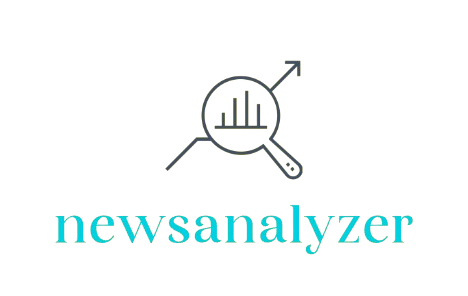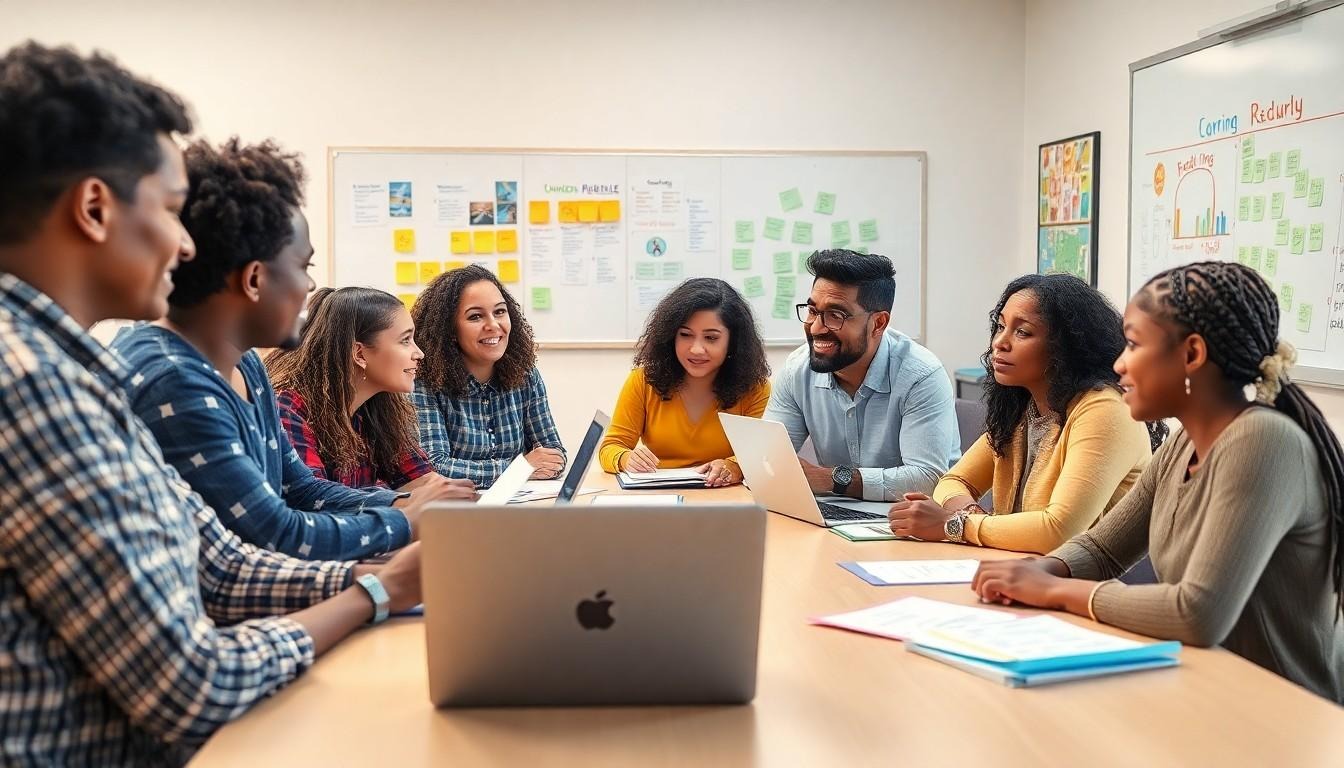In a world where every child is unique, the quest for tailored education solutions has never been more critical. Individualized Education Programs (IEPs) are the superheroes of the classroom, swooping in to save the day for students with diverse learning needs. But wait—there’s more! Recent developments in IEP news are shaking things up, making it easier for educators and parents to collaborate and create truly personalized learning experiences.
Individualized Education Program News
Individualized Education Programs (IEPs) serve as essential frameworks for students with special needs. These programs ensure that each child’s educational journey is customized based on their unique requirements. Educators and parents work together to create goals tailored to the student’s individual strengths and challenges.
Legal guidelines, particularly under the Individuals with Disabilities Education Act (IDEA), mandate the development of IEPs for eligible students. These guidelines protect the rights of children and outline the educational services required for success. Professionals evaluate the child’s specific needs, which often leads to necessary adaptations in instruction and assessments.
Recent trends in IEPs emphasize collaboration between home and school. Schools are increasingly involving families in the decision-making process, fostering a sense of community and shared responsibility. Increased communication between teachers and parents helps in tracking progress and addressing any concerns that arise.
Data indicates that effective IEP implementation results in improved academic outcomes. Students receiving tailored support through IEPs often demonstrate enhanced engagement and motivation. The involvement of specialists, such as speech or occupational therapists, can further enrich the educational experience.
Regular meetings occur to review and revise progress on IEP goals. Each meeting provides an opportunity to assess whether the existing plan adequately supports the student’s growth. Necessary adjustments can be made in response to changes in the child’s needs or educational environment.
IEPs play a pivotal role in reinforcing educational equity. By providing necessary resources and support, these programs aim to close achievement gaps among students with diverse learning needs. As educational policies continue evolving, the focus on individualized education remains crucial in ensuring every child can thrive in their learning environment.
Recent Developments in Individualized Education Program News

Recent developments in individualized education programs (IEPs) continue to shape the landscape of tailored education for children. Enhanced collaboration between educators and families has emerged as a key focus in these changes.
Legislative Changes
Legislative changes significantly impact the way IEPs are structured and implemented. New regulations under the Individuals with Disabilities Education Act (IDEA) emphasize family engagement in the educational decision-making process. Recent amendments promote greater transparency in IEP reviews, ensuring that parents receive timely updates on their child’s progress. Educators are also encouraged to leverage these frameworks to set realistic, measurable goals. Legislative support strengthens accountability for both schools and families, enhancing the overall educational experience for students with diverse needs.
Technological Advancements
Technological advancements play a pivotal role in the evolution of IEPs. Innovative tools now allow for more efficient tracking of student progress and data collection. Apps designed for communication facilitate real-time updates between educators and parents. Increased access to digital resources provides students with personalized learning options tailored to their specific challenges. Online platforms enable virtual IEP meetings, promoting participation from a wider range of stakeholders. These advancements contribute to a more dynamic and responsive IEP process, ensuring that students receive the customized support necessary for their success.
Impact on Students and Educators
Individualized Education Programs (IEPs) significantly affect both students and educators by fostering personalized learning and facilitating collaborative efforts.
Success Stories
Highlighted successes demonstrate the power of IEPs in transforming educational experiences. Students with tailored IEPs show remarkable improvements in academic achievements and social skills. One case involved a student with dyslexia who excelled in reading comprehension after implementing specific interventions outlined in their IEP. Teachers note increased confidence in these students, often leading to active participation in class discussions. Educators report strengthened partnerships with families, resulting in a supportive network that champions student success outside school environments. Parents frequently express gratitude for IEP enhancements, emphasizing their child’s progress as a major motivator.
Challenges Faced
Despite positive outcomes, challenges persist within the IEP framework. Limited resources can hinder the effective implementation of individualized strategies. Many schools struggle with staff training, causing inconsistencies in IEP execution. Frequent changes in legislation add complexity, leaving educators uncertain about compliance. Additionally, families often encounter difficulties navigating the IEP process, leading to frustration and miscommunication. Time constraints during IEP meetings contribute to rushed decision-making, impacting the quality of individualized plans. Balancing inclusion with specialized supports remains a common struggle for educators committed to meeting diverse learning needs.
Future Trends in Individualized Education Programs
Emerging trends in Individualized Education Programs (IEPs) reflect a commitment to enhancing educational quality for diverse learners. Increased emphasis on technology integration signifies a shift in how IEPs are managed. Personalized learning platforms allow educators to gather real-time data, optimizing responsiveness to student needs. Moreover, the fusion of artificial intelligence with IEP frameworks predicts improvements in goal-setting processes.
Additionally, legislative advancements prioritize family involvement, reinforcing partnerships between schools and families. Greater transparency in IEP reviews empowers parents with timely progress updates, enhancing accountability. Common practices now include regular virtual meetings, fostering consistent communication and participation among stakeholders.
Furthermore, innovative professional development programs emerge to equip educators with necessary skills, ensuring effective implementation of IEP strategies. Collaborative teaching models gain traction, promoting shared responsibility for student success through integrated support systems.
Quantitative data highlights promising outcomes from enhanced parental engagement, showing marked improvements in academic performance and social skills for students with IEPs. Schools adopting these progressive practices report higher retention rates for specialized staff, bolstering the quality of education provided.
Overall, the landscape of IEPs is evolving, emphasizing flexibility, collaboration, and innovation. The continued focus on individualized approaches ensures that students receive optimal support, enabling them to thrive in their educational journeys.

